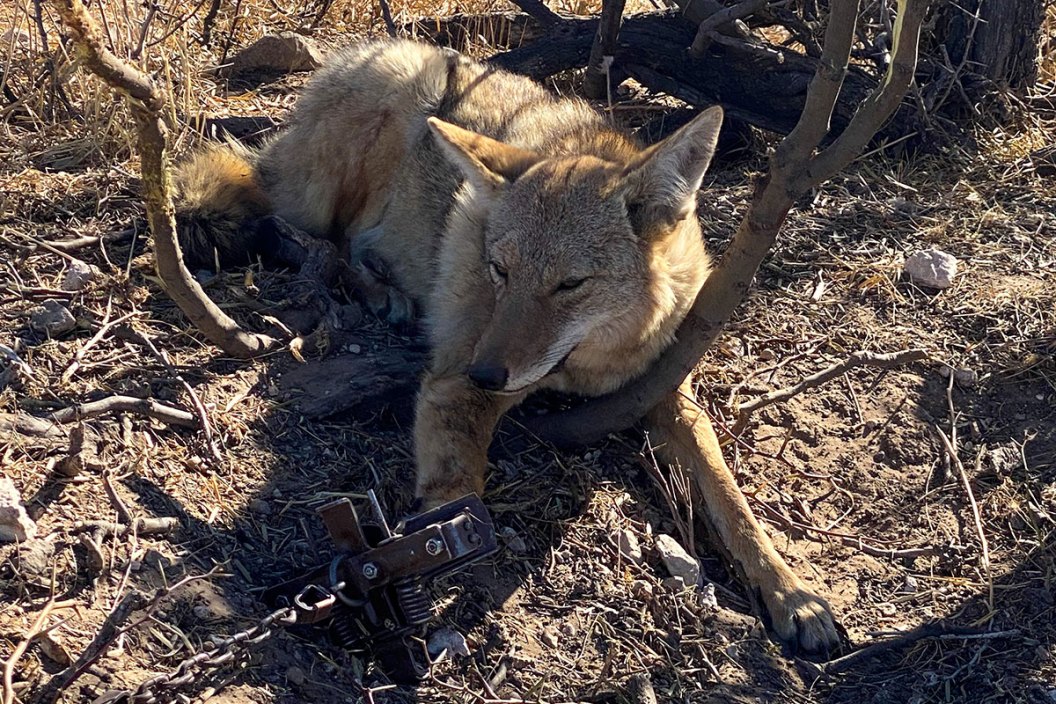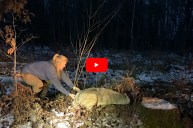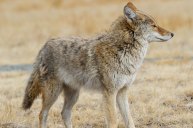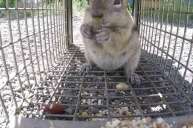Here are the basics you need to know about trapping coyotes.
A coyote might bear some resemblance to a household dog, but these wild canines are anything like man's best friend.
If you're a hunter, outdoorsman, or just want to help with predator control, here's what you need to know.
Why Trap Coyotes?
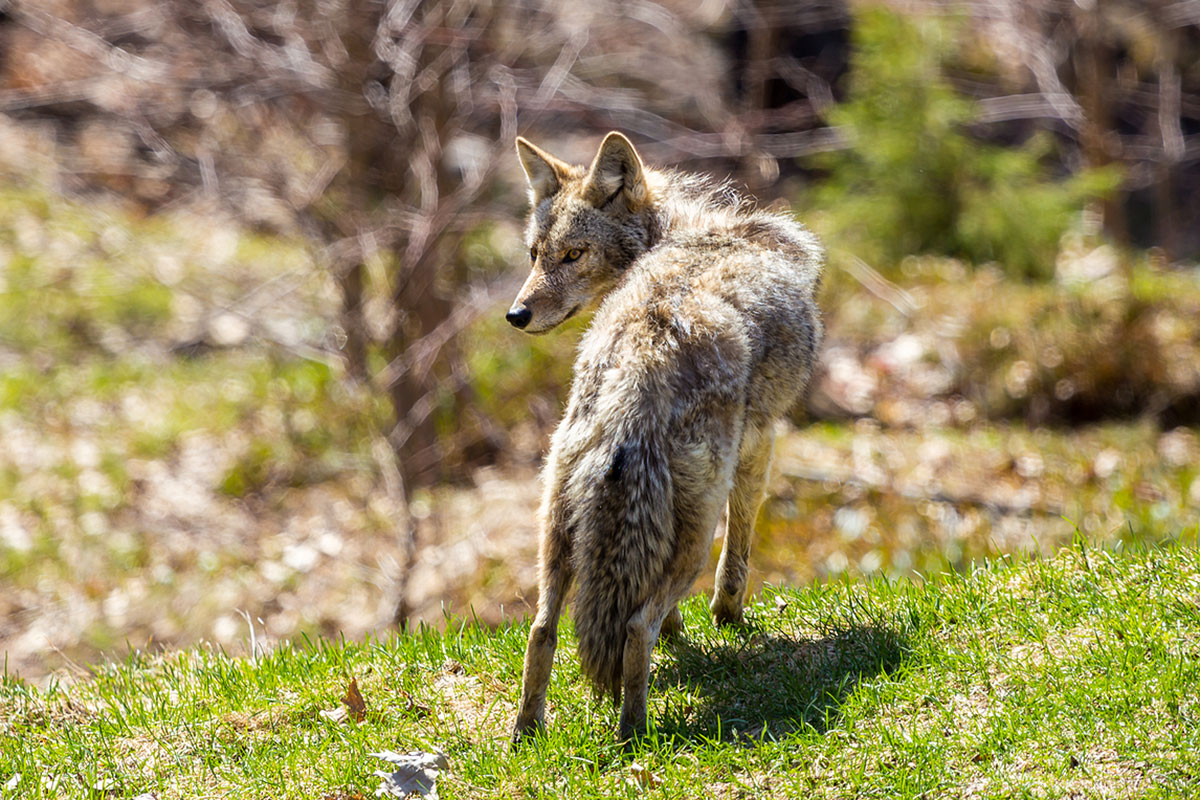
Coyotes are aggressive predators, and curbing their population is important to wildlife management throughout North America. They can decimate deer and turkey populations, especially poults and fawns, if left unchecked without proper predator control.
According to the National Deer Association, the numbers vary widely in different locations, but coyotes are responsible for significant deer predation in many areas. While they're not typically aggressive towards humans, coyotes have attacked children and adults in the past and can be a threat to outdoor pets.
Coyote Trapping Regulations
Laws and regulations for catching coyotes vary from state to state, but you should check to see if you need a general hunting license, trapping license, and/or a furbearer's permit to trap coyotes where you live or intend on trapping.
While many states have open seasons on hunting coyotes, they may have set dates for trapping seasons.
The bottom line is, there's no excuse for not knowing the laws, and trying to list them all here would get convoluted. Do your homework and stay within the regulations.
How to Set a Coyote Trap
Similar to the way they would catch a bobcat, raccoon, skunk, beaver or opossum, trappers can set traps with excellent results in the right conditions.
Common configurations for trapping coyotes include foothold traps or coil spring traps, and alternate methods can be used for eastern coyotes.
Because coyotes are attracted to the scent of their own urine, the scent post set (using real coyote urine or an attractant) can be effective.
The dirt hole set is similar to a fox trapping technique, where a trapper creates a hole like one an animal would make then covers the trap with dirt inside it. Flat sets are similar but are placed near a clump of grass and utilize scent.
Coyote Trapping Strategies
Typical trapping techniques for most animals will apply to coyotes. Be sure to set up where and when you see coyote sign, and remain patient. Some veterans will say coyotes pass through the same area every three days or so, meaning it won't always happen overnight.
There's all kinds of instructional information out there, but knowing your trapping territory and local coyote population trumps most any generalized technique. Scout vigorously, use what you learn to your advantage, and reap the benefits of your success when it comes together.
NEXT: TRAPPER EXPERTLY RELEASES TRAPPED WOLF OUT OF LEG HOLD TRAP
WATCH
